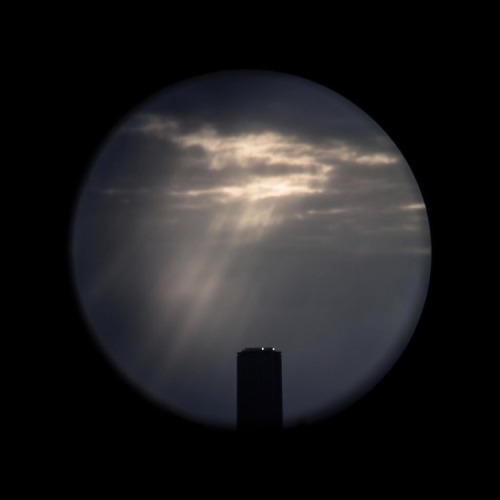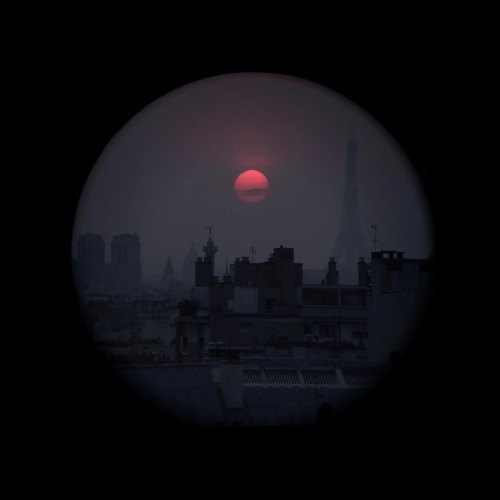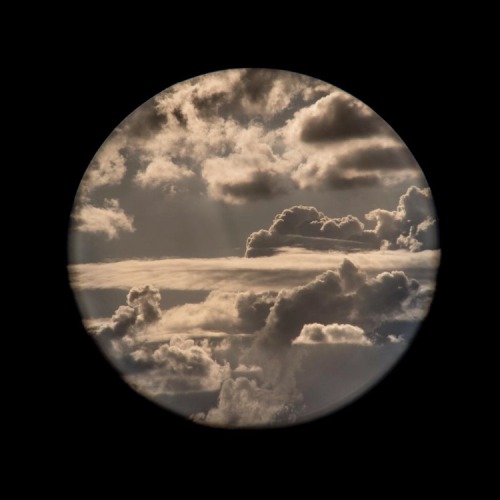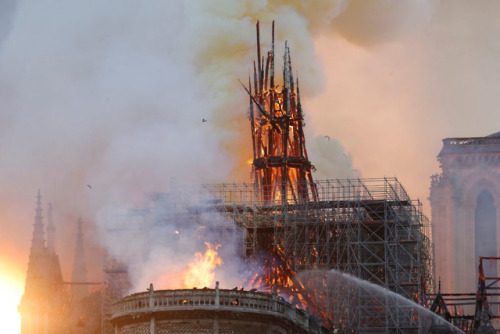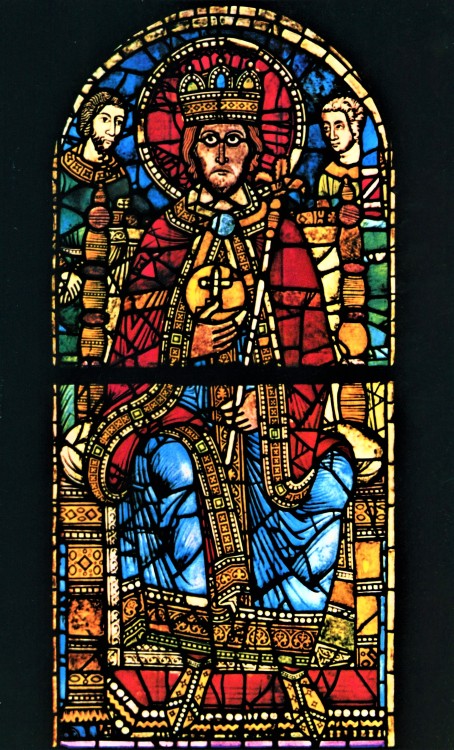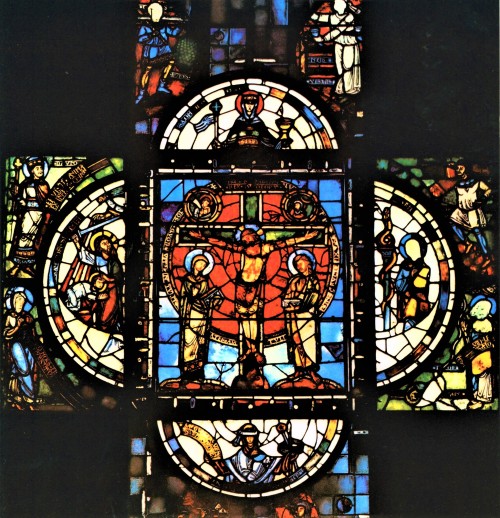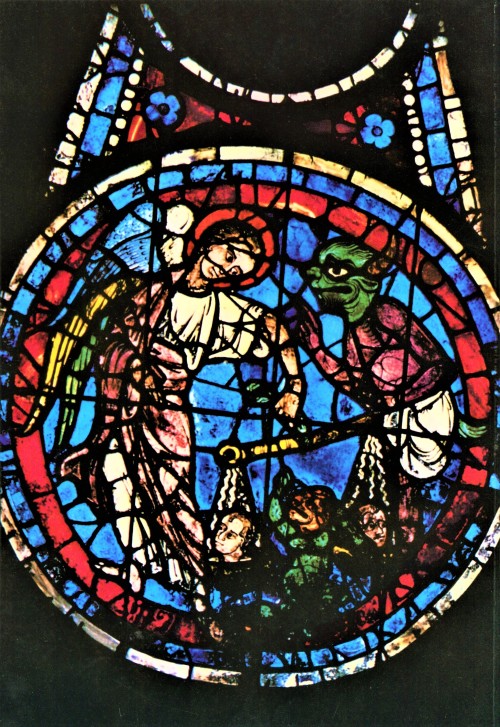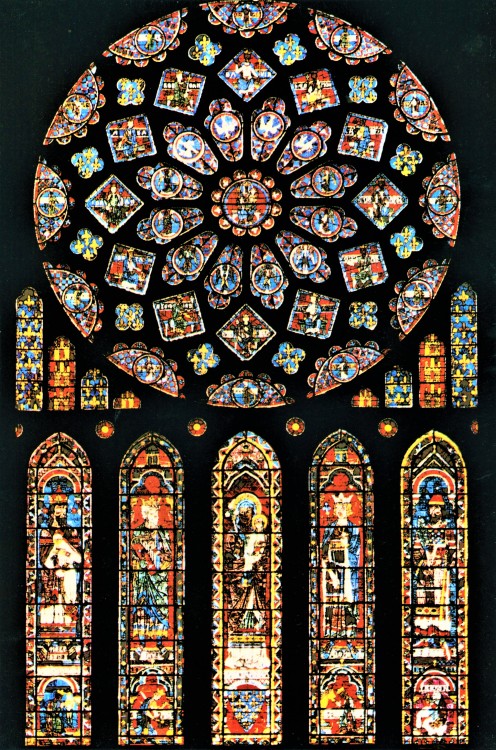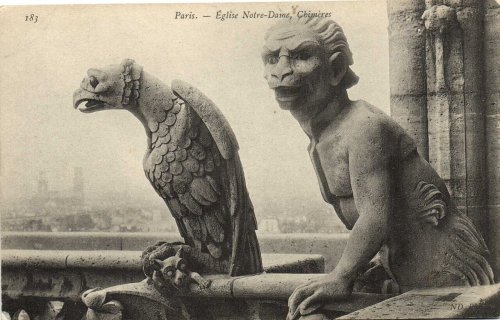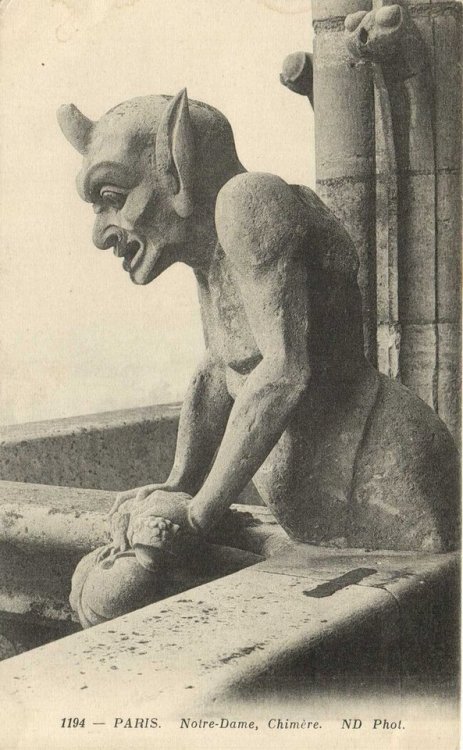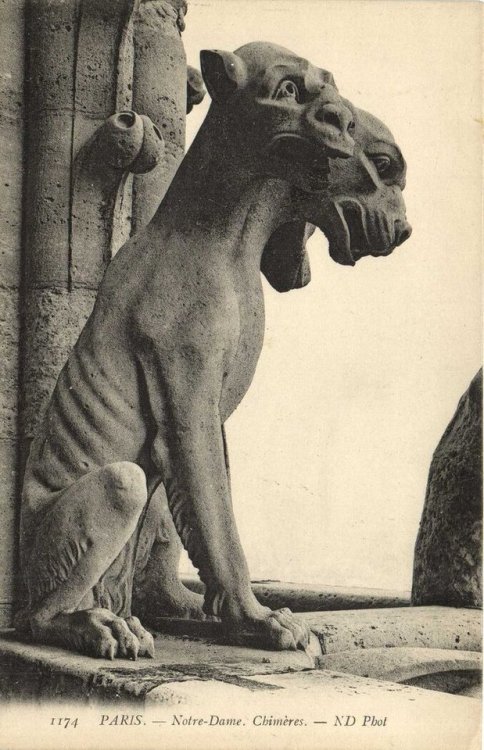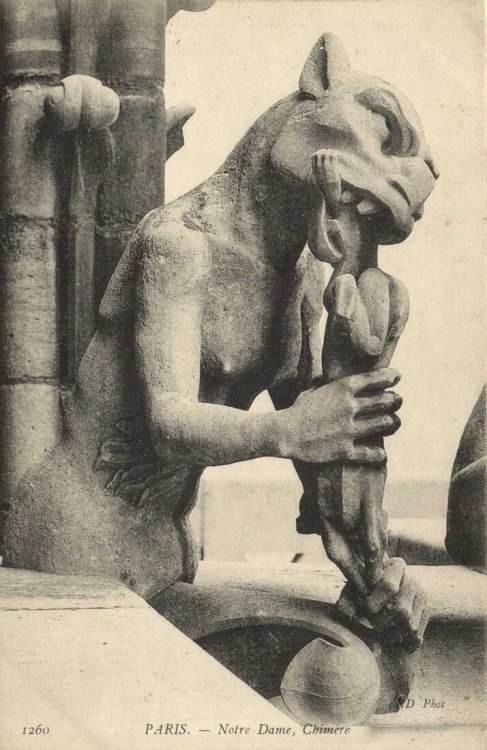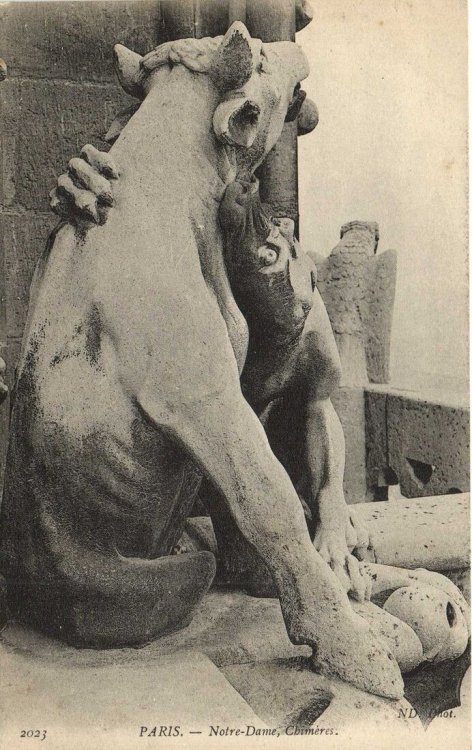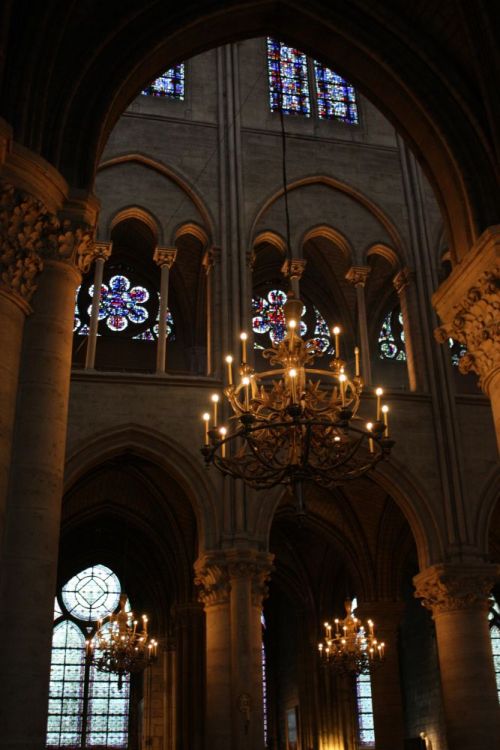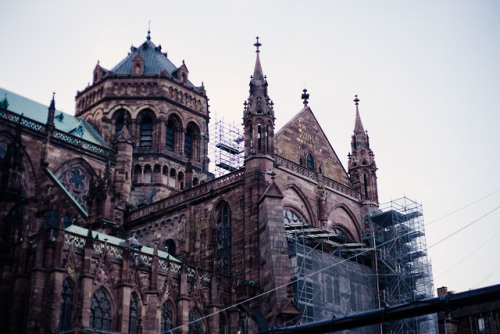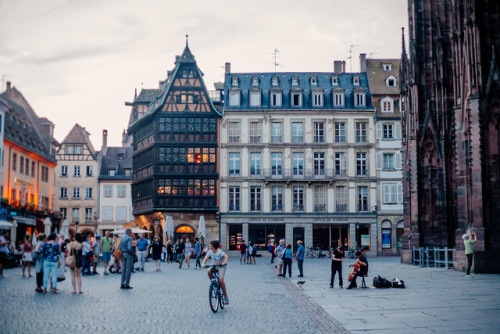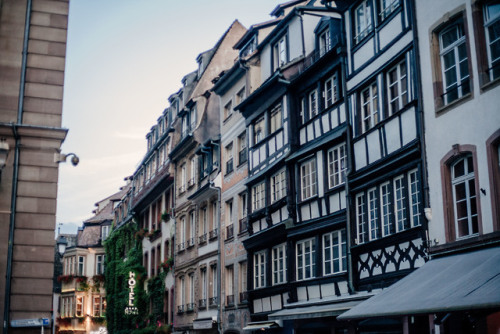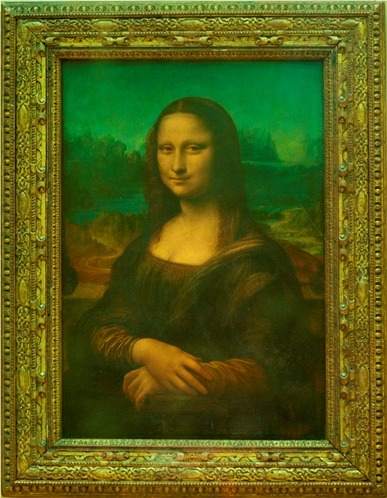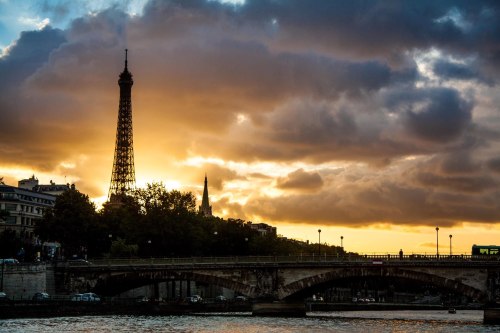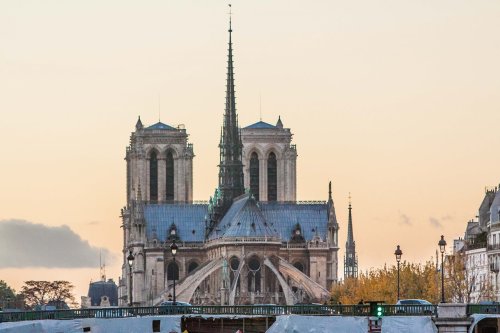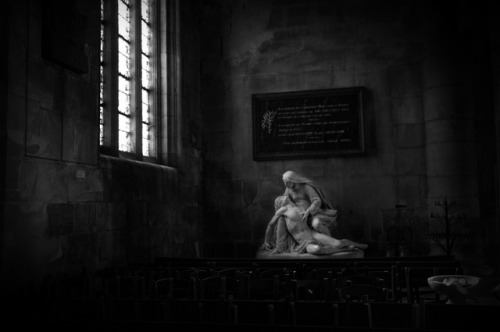#notre-dame

A mysterious leaden sarcophagus discovered in the bowels of Paris’ Notre-Dame cathedral after it was devastated by a fire will soon be opened and its secrets revealed, French archaeologists said Thursday.
The announcement came just a day before the third anniversary of the inferno that engulfed the 12th century Gothic landmark, which shocked the world and led to a massive reconstruction project.
During preparatory work to rebuild the church’s ancient spire last month, workers found the well-preserved sarcophagus buried 20 metres (65 feet) underground, lying among the brick pipes of a 19th century heating system.
But it is believed to be much older—possibly from the 14th century. Read more.
Decorative Sunday
This Sunday we bring you plates from German art historian Elisabeth Von Witzleben’sFrench Stained Glass, translated from German (Licht und Farbe aus Frankreichs Kathedralen,1966) into English by Francisca Garvie. Published in London by Thomas and Hudson, Ltd. in 1968 and printed in what was then West Germany, the book contains 96 black-and-white plates, and 46 color plates printed on what appears to be acetate sheets with frosted backing. Presenting the plates in this medium cleverly approximates the experience of viewing the glass in it’s natural setting, the sheen of the acetate simulating the reflective surface of the glass and the transparency allowing the viewer let light shine through the image.
See image captions for more information about the plates, including location, content, and date.
ViewmoreDecorative Sunday posts here.
-Olivia,Special Collections Graduate Intern
Post link

Notre Dame, París
this is a gargoyles from the hunchback of notre dame hate account.









After the fire of the Notre Dame.
Reims after the First World War (1914-1918).
Notre-Dame de Reims après les bombardements de 1914-1918.
Post link
Thefirst rankings from the College Football Playoff committee were released Tuesday evening with some surprises among the top four teams.
At the top are two unbeaten SEC teams in Georgia and Alabama. The Bulldogs and Crimson Tide are in opposite order in major polls. However, committee chairman Kirby Hocutt noted Georgia’s wins against No. 3 Notre Dame and No. 16 Mississippi State as the reason for putting Kirby Smart’s team ahead of the Alabama, which has no wins among teams in the top 25 in the rankings.

Le Havre è una città nuova. Completamente distrutta dai bombardamenti durante la seconda guerra mondiale, è stata ricostruita con uno stile moderno, freddo, industriale.
Ma la cattedrale è sopravvissuta, una massiccia cattedrale barocca: Notre-Dame du Havre, Nostra Signora del Porto. Questa statua era in quella chiesa, una superstite della guerra di cui porta le ferite in volto, una pietà rovinata, una Nostra Signora piangente ma che ancora resta in piedi.
Riesco ad immaginarmela mentre la chiesa attorno a lei trema, fitta polvere che cade dal soffitto, schegge di mattoni che volano, e lei lì, ferma, che si rifiuta di essere distrutta perchè non ha finito di ricordare che l’amore è più forte della guerra, l’amore è più forte dell’odio e l’amore è più forte anche del dolore. Una statua rovinata che paradossalmente comunica di più così, senza naso, che quanto non facesse il suo primo giorno di vita.
Post link

